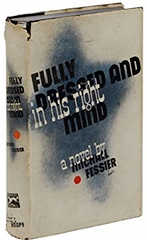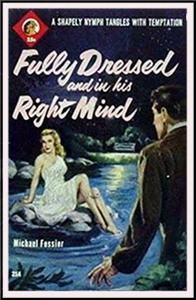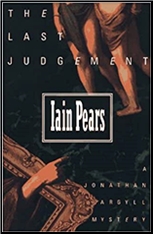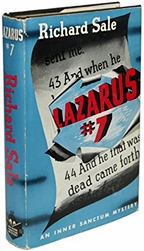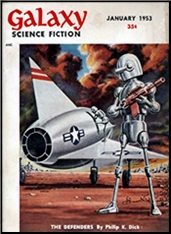Sat 4 Feb 2023
A Mystery Review: ROBERT THOROGOOD – The Marlow Murder Club.
Posted by Steve under Reviews[7] Comments
ROBERT THOROGOOD – The Marlow Murder Club. First in series. HQ/HarperCollins, UK, softcover,2021. Poisoned Pen Press, US, softcover, 2022.
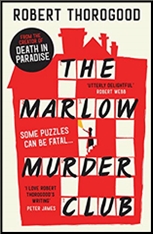
The club, formed only on an ad hoc basis, so to speak, consists of Becks, a vicar’s wife; Suzie, a dog-walker; and Judith Potts, a 70-year-old widow who lives in an inherited house along the Thames and who has a penchant for going swimming in it in the nude on warm summer evenings.
On one such occasion, she hears a gunshot coming from the house directly opposite hers. She calls the police, but after they leave without finding anything, she punts over and finds her neighbor – or at least his body. He has been shot to death.
She now, of course, has the police interested. A possible fourth member of the club is DS Tanika Malik, who at first resists the assistance of Mrs Potts and the two other ladies who gradually become involved. But Tanike, realizingshe is in over her head, somehow manages to find a way to get the detective-minded trio officially on the case.
Marlow, by the way, is the small English town where this first death and the two others that follow take place. Based on the title of the book, those readers tempted into reading this particular mystery novel thinking it will be a hard-boiled possibly PI novel will in all likelihood give up quickly. Written by Robert Thorogood, the creator of the Death in Paradise TV series, this is about as cosy a work of detective fiction as aficionados of that particular sub-genre of that field as they might wish.
Being a fan of both fields, I enjoyed this one, save for an unfortunate thriller of an ending in which Mrs Potts confronts the killer with the backup she assumes is waiting in the wings is not in the wings at all, but across the river in a torrential thunderstorm.
Considering the alternative, say, of a finale consisting of gathering all the suspects together in one room, at least I’d have to concede, well, it was different.
